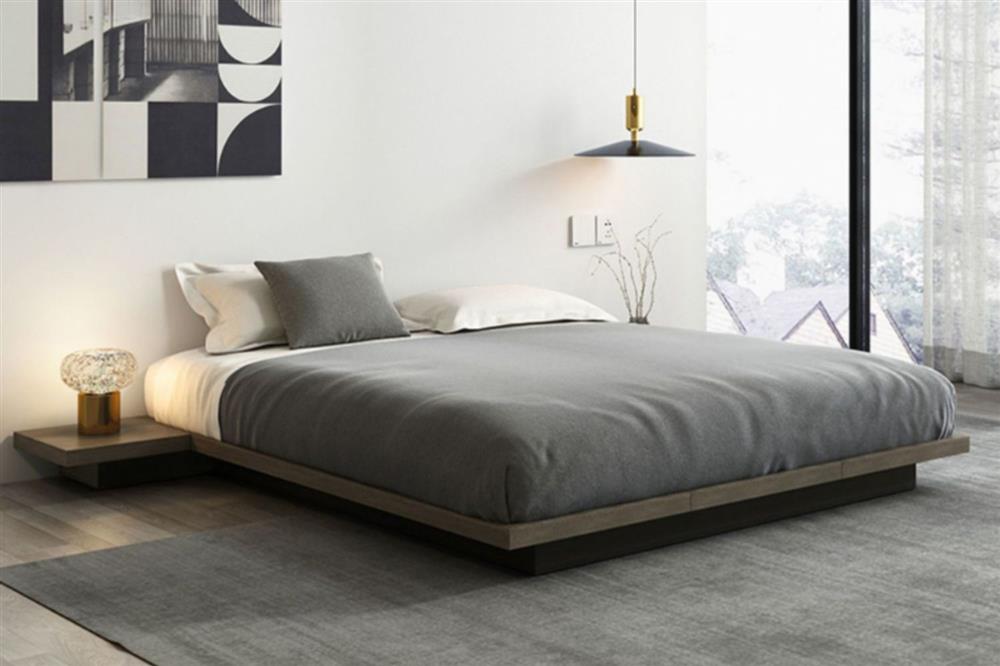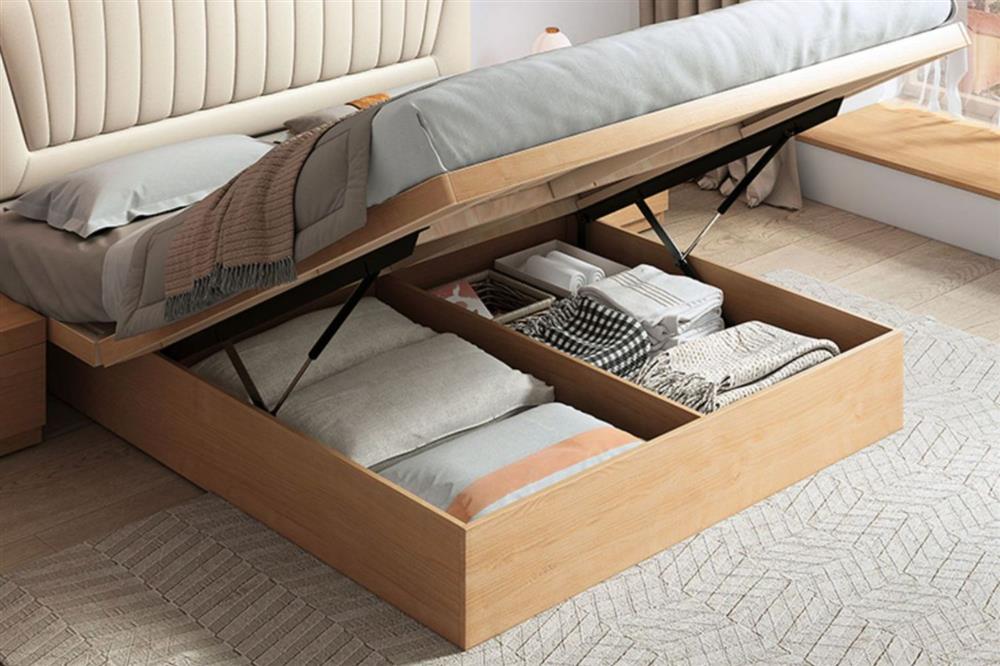.jpg)
As the seasons shift and time progresses, our homes evolve alongside us. What better way to embrace a fresh start than by revamping your living space with new furniture? Whether you're moving into a new home, transitioning between life stages, or simply craving a change, refreshing your space can breathe new life into your surroundings. Join us as we explore the transformative power of new furniture and discover how it can revitalise your home.
Reflecting Your Personal Style
Your home is a reflection of your personality and taste, and the furniture you choose plays a pivotal role in expressing your individual style. When embarking on a home revamp, consider how you want your space to look and feel. Do you prefer modern minimalism, rustic charm, or eclectic bohemian vibes? Selecting furniture that resonates with your personal aesthetic sets the tone for your entire home transformation.
Enhancing Functionality and Comfort
Beyond aesthetics, furniture serves a practical purpose in our daily lives. Upgrading to new pieces allows you to enhance functionality and comfort throughout your home. Whether it's a sectional sofa with built-in storage, a multifunctional coffee table, or an ergonomic desk chair, investing in furniture that meets your needs can significantly improve your quality of life and make everyday tasks more enjoyable.
Creating a Cohesive Look
A cohesive interior design scheme creates a sense of harmony and flow within your home. When selecting new furniture, consider how each piece contributes to the overall look and feel of your space. Aim for consistency in design styles, colours, and materials to create a cohesive and unified aesthetic. By curating a well-coordinated ensemble of furniture, you can achieve a polished and professional look that ties your entire home together.
Embracing Change and Renewal
Revamping your space with new furniture is an opportunity to embrace change and renewal in your life. Whether you're embarking on a new chapter, pursuing personal growth, or simply seeking a fresh perspective, updating your surroundings can symbolise a fresh start and inspire positive energy. Embrace the excitement of transformation as you breathe new life into your home with stylish and contemporary furniture pieces.
Embrace the Journey
Revamping your space with new furniture is an exhilarating journey of self-expression, functionality, and renewal. Whether you're looking to refresh a single room or embark on a full-scale home makeover, the process of selecting and integrating new furniture into your space allows you to craft a home that reflects your personality, meets your needs, and inspires you to embrace fresh beginnings. So, why wait? Begin your home revamp today and embark on a journey of transformation and renewal.

 In the realm of design, where creative boundaries are boundless, fashion and furniture have long been kindred spirits. The allure of aesthetics, the significance of functionality, and the influence of cultural trends meet at this intriguing crossroads, fostering a captivating interplay that perpetually inspires innovation. This article delves into the enthralling relationship between fashion and furniture design, exploring how they mutually influence and enrich each other's domains.
In the realm of design, where creative boundaries are boundless, fashion and furniture have long been kindred spirits. The allure of aesthetics, the significance of functionality, and the influence of cultural trends meet at this intriguing crossroads, fostering a captivating interplay that perpetually inspires innovation. This article delves into the enthralling relationship between fashion and furniture design, exploring how they mutually influence and enrich each other's domains. In a world that often appears cluttered and chaotic, the concept of minimalism has gained significant popularity. This trend extends beyond decluttering your living space; it has also found its way into the design of furniture. Minimalism in furniture is all about achieving a harmonious balance between aesthetics and functionality. In this article, we'll explore the essence of minimalism in furniture and how it can transform your living spaces.
In a world that often appears cluttered and chaotic, the concept of minimalism has gained significant popularity. This trend extends beyond decluttering your living space; it has also found its way into the design of furniture. Minimalism in furniture is all about achieving a harmonious balance between aesthetics and functionality. In this article, we'll explore the essence of minimalism in furniture and how it can transform your living spaces. In the hustle and bustle of modern life, finding moments of tranquility and peace is essential for our well-being. A Zen-inspired space at home can serve as a sanctuary, providing a calm and serene retreat from the outside world. One of the key elements in designing such a space is minimalist furniture. With its focus on simplicity, clean lines, and uncluttered aesthetics, minimalist furniture plays a pivotal role in creating a Zen ambiance. In this article, we will explore the principles of minimalist furniture and discover how it can transform your home into a haven of tranquility.
In the hustle and bustle of modern life, finding moments of tranquility and peace is essential for our well-being. A Zen-inspired space at home can serve as a sanctuary, providing a calm and serene retreat from the outside world. One of the key elements in designing such a space is minimalist furniture. With its focus on simplicity, clean lines, and uncluttered aesthetics, minimalist furniture plays a pivotal role in creating a Zen ambiance. In this article, we will explore the principles of minimalist furniture and discover how it can transform your home into a haven of tranquility.

.jpg)

.jpg)






.jpeg)